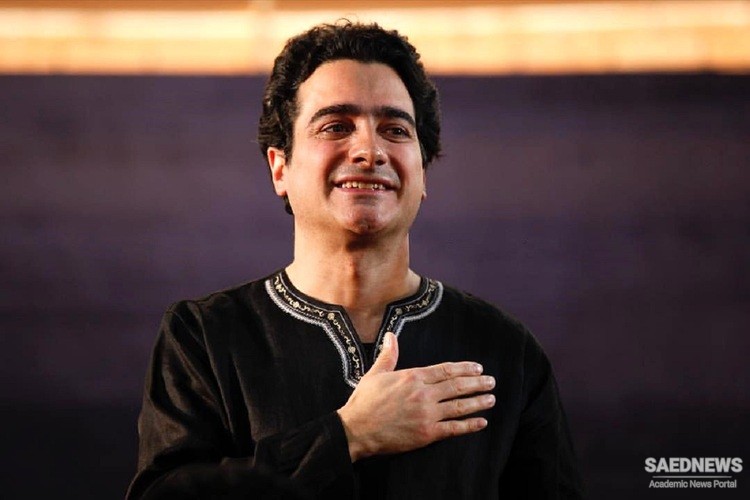For a performance of traditional music, a performer selects a number of gusheh-ha, not from the entire radif, but from one dastgah, to use as a framework for his improvisation. In Persian music the performer has a wide latitude for originality, especially because the number of gusheh-ha in a dastgah, their order, the ways of joining them, and the styles in which each may be played are only loosely defined by tradition.
A central problem in analyzing the radif is this : there is no one authentic version of any melody. This might well be expected, considering that each gusheh functions only as a model for improvisation, not as a finished composition. In a music that is improvised, the major objective is individual expression rather than a strict adherence to the model; and to be judged creative, a performer must alter and embellish the gusheh. Also, the radif has been handed down orally for centuries. Every master had, and to a large extent still has, his own version of each gusheh that is passed on to his students and followers. Notation was not widely used for teaching purposes until the twentieth century, and much of this music is still taught by rote. For these reasons, there is very little consensus among Persian musicians concerning the melodies of the radif.
Illustrating this wide latitude of musical opinion is the recent attempt of the Iranian government to prepare an official version of the radif. Because so many variations exist, even among the musicians of one city, Tehran, it was rightly decided that a compilation of opinion was necessary to ascertain the most authentic reading for each gusheh. A panel of the country's leading musicians was chosen, which was to meet weekly for the length of time necessary to agree upon and prepare this "official radif." Anyone who is familiar with Iran, or with any culture where values of individuality are prized over and above collective thinking and where artistic independence is the chief merit of a musical performance, would recognize that the chances of this group's ever reaching agreement were remarkably slim.
Indeed, the panel was soon disbanded, and it was decided that, instead of performing musicians, the country's leading musicologists—supposedly a more scientific, more objective group—should make the choice. Apparently this group achieved even less consensus than the first, for the task was finally given to a single person. Mussa Mac ruffi did complete a transciption of the radif, which the government of Iran celebrated by a lavish publication. (It is noteworthy that these difficulties are not related in the French translation but only in the Persian version of the preface.) Although that official radif claims to be based on different radif-ha by many leading masters, it is more likely that it is solely the work of the transcriber, Mr. Marufi. Hence, to present a less biased sample, this study will quote several other versions of each melody in addition to gusheh-ha from the Maruffi radif.
Reliable sources for brief musical illustrations of each dastgah are the theory books. In the Persian language three major works have been written in this century by the musicians responsible for most musical publications in Iran: Hedayat, Vaziri, and Khaleqi. A fourth work containing musical examples from each dastgah, many of them original, was written in German by the Persian theorist Khatchi Khatchi. In a French source by Mehdi Barkechli, the musical examples are taken from a less accessible Persian source. And, an excellent theoretical work in English, containing the largest number of musical illustrations of all the theory books, is the dissertation by Hormoz Farhat.


 The Minstrel Class: Traveling Artists and Street Music
The Minstrel Class: Traveling Artists and Street Music














































